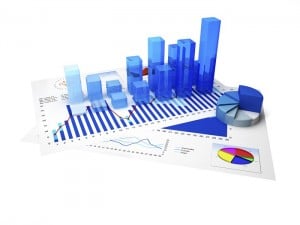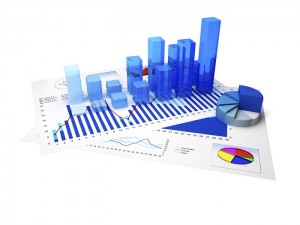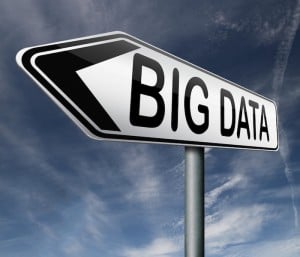 Big Data has transformed the way companies gain insight into their customers’ preferences and interests with new technology tools that allow businesses to gather and analyze huge datasets from diverse sources. In just one example of the power of Big Data, retail giant Walmart used Big Data insights to generate a 10% to 15% increase in completed online sales, netting an astonishing $1 billion in incremental revenue.
Big Data has transformed the way companies gain insight into their customers’ preferences and interests with new technology tools that allow businesses to gather and analyze huge datasets from diverse sources. In just one example of the power of Big Data, retail giant Walmart used Big Data insights to generate a 10% to 15% increase in completed online sales, netting an astonishing $1 billion in incremental revenue.

With that amazing success, Walmart decided to expand its use of Big Data with a new mobile marketing strategy that is reportedly centered on Big Data insights. So what is Big Data? In the retail sector, it typically includes all the consumer data companies can gather and process. Big Data is drawn from a near-limitless variety of sources, including online browsing and buying patterns, PC-generated information about online shopper locations, cash register receipts, data that companies purchase from third-party analysts and many other sources.
Finding the right mix of data is akin to adjusting a recipe for individual tastes: Depending on a company’s target audience and unique sales and marketing strategy, one blend of sources may work better than another. For example, an online retailer engaged in a campaign to increase revenue from existing customers would benefit from loyalty program membership data to get a clearer picture of customer preferences and apply that information to their marketing campaign. A campaign focused primarily on new customer acquisition might rely more heavily on data generated by third-parties.
There are many competing theories on what types of data work best for specific campaigns, but now there is a new data source that is gaining popularity: clean data. Clean data has the potential to upend established notions about customer behavior within brick-and-mortar establishments in the same way that advanced analytics of website visitor behavior changed the way ecommerce strategies are developed and executed.
Clean data enables stores to cultivate and manage customer relationships in the same way that companies like eBay and Amazon influence customer relationships and buying behavior. Clean data comprises mobile phone data that is collected at the point of sale without compromising shopper privacy. It is generated by proximity marketing solutions that leverage Bluetooth® and Wi-Fi signals from consumers’ mobile devices to anonymously gather shopper information like what area of a store customers visit, how long they stay, whether they accept or decline digital offers and much more – all while completely protecting consumers’ privacy.
By tracking shopper movements and responses to offers in real time, clean data functions in the physical world much as online shopper tracking and analytics generate data at ecommerce sites. It provides insights such as which offers shoppers find most attractive, what areas of the store are most productive, how shoppers interact with distinct media elements and how much time consumers spend in the store.
So how much are insights like these worth? Industry analysts and academic researchers have evaluated the utility of clean data and come up with an estimate of per-unit value: approximately $0.20. However, when combined with other data categories, such as cash register information, the value can be increased exponentially. When combined with additional information, clean data can give merchants a 360-degree view of customer behavior – online, on mobile devices and in stores.
Big Data-generated business intelligence has already utterly transformed the way successful companies develop and execute online advertising and ecommerce sales strategies. Although the volume of data continues to increase exponentially across both the online and offline spheres, brick-and-mortar merchants have found it more challenging to generate the same level of insight from Big Data.
This is partly due to the nature of the brick-and-mortar shopper experience – which used to take place while shoppers were offline. But with the proliferation of mobile devices and rising levels of constant mobile connectivity, the opportunities to generate and apply Big Data in the brick-and-mortar space are increasing. Clean data is a game-changer, giving retailers analytics that help them refine offers and accurately gauge and respond to customer preferences and behavior in real time.
Because clean data delivers these insights without compromising consumer privacy, it helps merchants avoid controversies in an environment marked by heightened privacy concerns. A valuable commodity in its own right, clean data can be combined with other data streams to deliver even more detailed insights – and opportunities for merchants to generate additional ROI. For these reasons and more, it’s clear that clean data is poised to be the next-generation innovation in Big Data.
![The State of Data-Driven Marketing [+Expert Insights]](https://blog.hubspot.com/hubfs/00-Blog_Thinkstock_Images/Data-Driven_Marketing_Edit.jpeg)

![Pursway Helps Brands Identify and Market to the Friends of Their Fans [Tech Profile]](https://blog.hubspot.com/hs-fs/hub/53/file-1895116102-jpg/blog-files/ran-shaul2-copy.jpg)





